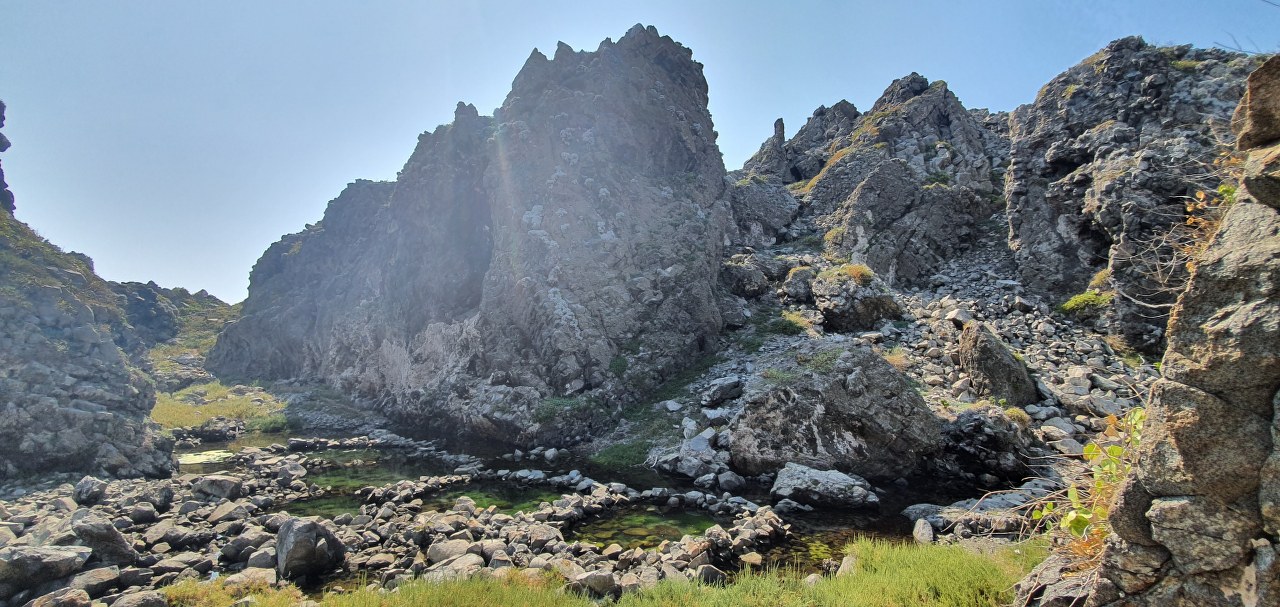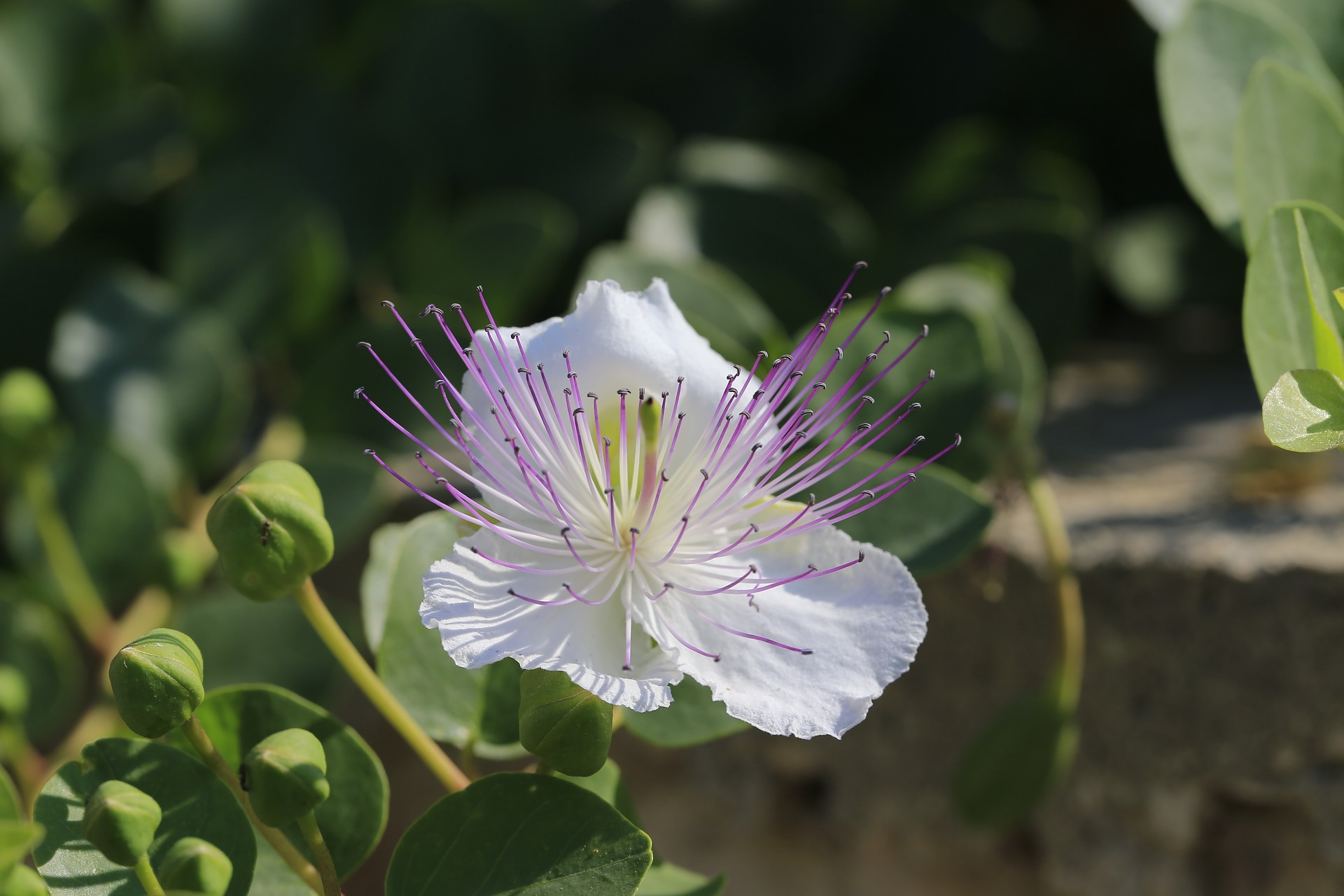A Journey to Brusnik, Croatia's Unique Volcanic Island
June 3, 2021 - ''Suddenly, the sky grew dark, a terrifying wind blew across the Adriatic, and then, with a bloodcurdling crash, the sea parted. Boiling magma came rushing out from within the very center of the Earth and a great mountain rose right in front of the eyes of the townspeople of Komiža.'' Magnetic disturbances confuse compasses and cause trouble for seamen, dark rocks the smell of molten lava, and unforgiving terrain which became home to some of the most endangered species of Croatia. Meet old man Brusnik, one of the only two volcanic islands in Croatia.
Brusnik really is the stuff the fairytales are made of. From afar, it looks like something straight out of Steven Spielberg's Jurassic Park, and truly, it has been here since the time dinosaurs walked the Earth. For die-hard Game of Thrones fans, its shores made almost entirely from flat, oval, black diabase rock would make for a perfect Dragonstone.
Part of the Vis Archipelago, this 150 million years old island has been protected as a geomorphological monument of nature since 1951. Standing in the shadow of the much more popular Blue Cave and Blue Lagoon, Brusnik is nevertheless a real treat for adventure lovers and its rich history can offer a lot more than at first meets the eye. Although there is one other island of volcanic origin in the Adriatic, Jabuka (lit.:Apple), it is far more difficult to visit due to its position on the open sea.
Brusnik got its name after the Croatian word for a whetstone, brus, as the island is built mostly out of diabase, a type of rock used in the production of whetstones. The closest point from which the island can be approached is the fishermen's town of Komiža. Since the two are separated by a distance of 12 nautical miles and there is only one cove on the island safe enough to dock, a visit to Brusnik is possible only during the fairest weather.
Although set so far away from the civilization, the waters surrounding Brusnik are bursting with life. On your journey there, almost as soon as you leave Komiža, you're guaranteed at least one instance of dolphins. They adore this area of the Adriatic, as it's extremely rich in fish. In the past, the only people who regularly visited Brusnik were fishermen of Komiža, whose coveted catch of lobsters graced the tables of Europe's nobility. The only other living creature you can meet on Brusnik itself is a tiny endemic species of the black lizard, whose escape into the hollowed-out rocks signals the arrival of stormy weather.
Due to its unforgiving terrain, which doesn't allow for much water to stay on the surface, few plants are able to thrive there. One of them is dubrovačka zečina, an indigenous species of flower which also grows in Dubrovnik, and Brusnik capers, another specialty of Dalmatian cuisine. It is strictly forbidden to pick either of the two, as both are close to extinction.
Each of Croatia's thousand islands is special, but Brusnik is perhaps the most special of them all, especially if you are as fascinated with volcanoes as the authors of these lines. Until the circumstances became more favourable to visit Italy's Etna, there is always Brusnik. In fact, who needs Etna, where there is this wonder of nature.
Check the photo gallery below, courtesy of Slaven Škrobot, who didn't let a small matter of having a wheelchair stop him from traveling the world. You can read more about Slaven's mission HERE.

© Slaven Škrobot

Capers in bloom/Pixabay

Jastožere - pools of sea water built by fishermen to keep lobsters in/© Slaven Škrobot

Brusnik from afar/© Slaven Škrobot
Follow more of Slaven's adventures on Instagram.
For more on travel in Croatia, CLICK HERE.


